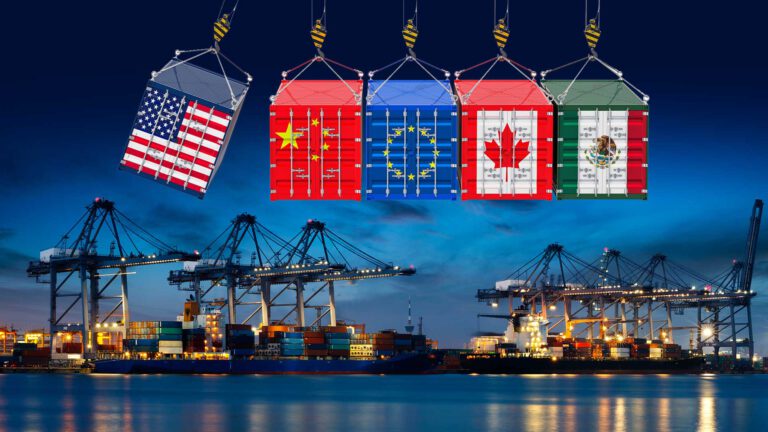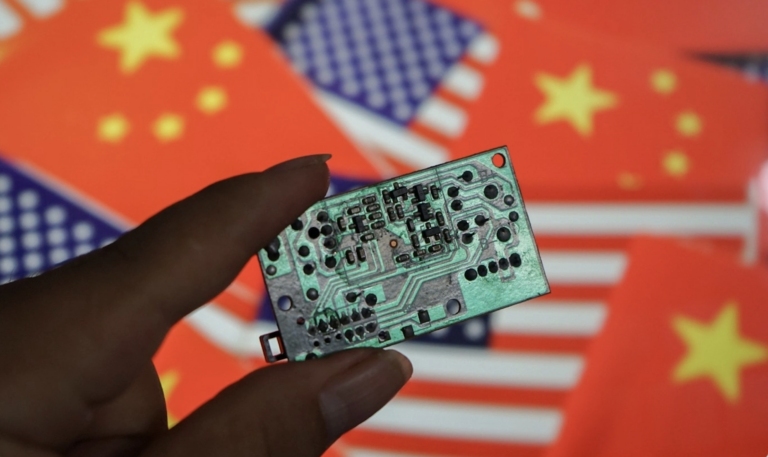On March 11, China’s Ministry of Commerce and other relevant departments conducted a regulatory talk with Walmart. The regulatory talk highlighted several key points:
- Walmart’s unilateral demand for price reductions from Chinese companies could disrupt the supply chain, harming the interests of both Chinese and U.S. companies, as well as U.S. consumers.
- Walmart’s temporary request for price cuts from Chinese suppliers may violate commercial contracts, potentially disrupting the normal flow of market transactions.
- The U.S.’s unilateral imposition of tariffs hurts both Chinese and U.S. companies. It is in the best interest of both nations to work together to address these issues.
- Should Walmart persist with these demands, the consequences for the company will extend beyond this interview.
According to the China Chamber of Commerce for Import and Export of Textiles (CCCT), on March 12, several of its members reported that large U.S. retailers had pressured Chinese suppliers to lower prices. The Chamber is currently investigating these claims and will take necessary measures to protect the rights and interests of its members if the reports are verified.
At a regular press conference on March 13, China’s Ministry of Commerce spokesman confirmed the regulatory talk with Walmart, stating that the company had explained its position. Media reports had previously disclosed that Walmart asked Chinese suppliers, including kitchenware and apparel manufacturers, to reduce prices in response to U.S. tariffs. This request was seen as an attempt to shift the burden of tariffs on Chinese suppliers and consumers, which could violate price clauses in existing contracts and disrupt market stability.
As a global retail giant, Walmart’s approach of seeking immediate price reductions is not only detrimental to suppliers but also undermines the integrity of the supply chain. Given the challenges posed by U.S. tariffs, a more constructive approach would involve open, fair negotiations with Chinese suppliers to address the difficulties, rather than imposing unilateral price cuts. Such behavior disrupts the market and risks damaging the very supply chain that Walmart depends on.
Walmart’s operations in China, which span over 20 years and include more than 300 stores in over 100 cities, are a testament to the mutually beneficial relationship between China and the U.S. In fact, about 60% of Walmart’s global products are sourced from China. Without these Chinese suppliers, Walmart’s shelves would be significantly less stocked. Walmart’s success in China has been largely due to the country’s favorable business environment—its market-oriented reforms, adherence to the rule of law, and international business practices. These factors have allowed Walmart to thrive, benefiting both its operations and China’s economic growth.
The root cause of Walmart’s challenges lies in the U.S.’s tariff policy. The tariffs, which are aimed at China, have made Walmart a direct victim, especially considering the company’s reliance on low-priced goods. The trade war has disrupted the natural complementarity between the U.S. and China’s economies and risks global economic instability. According to the Peterson Institute for International Economics, nearly 90% of the cost of U.S. tariffs on China is borne by U.S. consumers and businesses. A recent poll also shows that nearly 60% of Americans expect these tariff hikes to lead to higher prices.
The solution lies not in further burdening Chinese suppliers, but in the U.S. canceling these harmful tariffs. If the U.S. is truly concerned with easing the pressure on American businesses and consumers, it must reverse these punitive measures, which violate the natural laws of economics.
Walmart, as a beneficiary of global free trade, should understand that maintaining the free trade system is not only a corporate responsibility but also essential for its own long-term success. Both China and the U.S. play crucial roles in sustaining a stable and fair international market. It is imperative that both nations adopt an open and cooperative stance, resolve differences through dialogue, and avoid protectionism. By improving communication and strengthening the resilience of supply chains, both countries can foster a more transparent and predictable business environment.
In response to the ongoing situation, Walmart representatives stated in the regulatory talk that China’s supply chain is integral to its global success. They expressed a commitment to working closely with Chinese suppliers to avoid damaging the interests of all parties involved. We hope that Walmart will demonstrate sincerity, refrain from further imposing unilateral price reductions, and collaborate with Chinese companies to address the challenges posed by trade protectionism.
Source: Walmart, CCTV, Guancha













